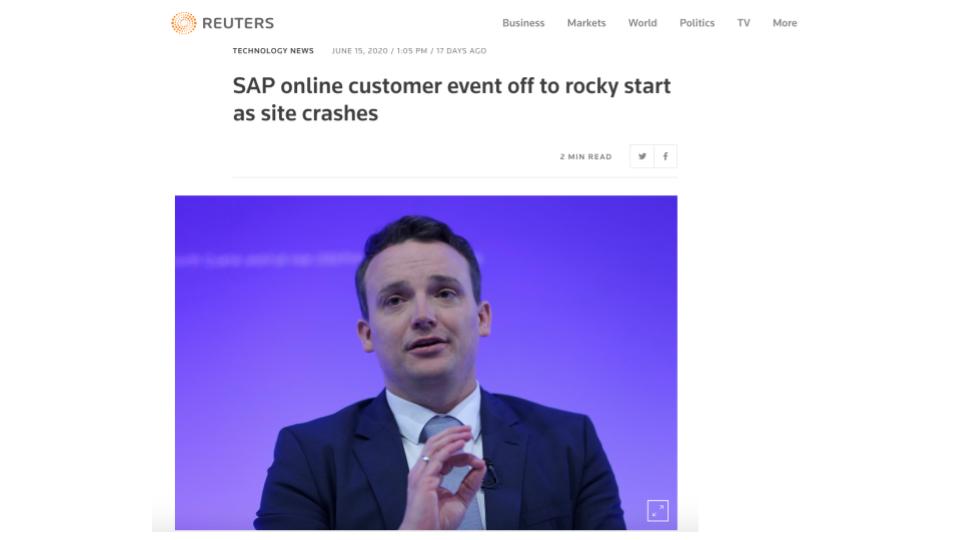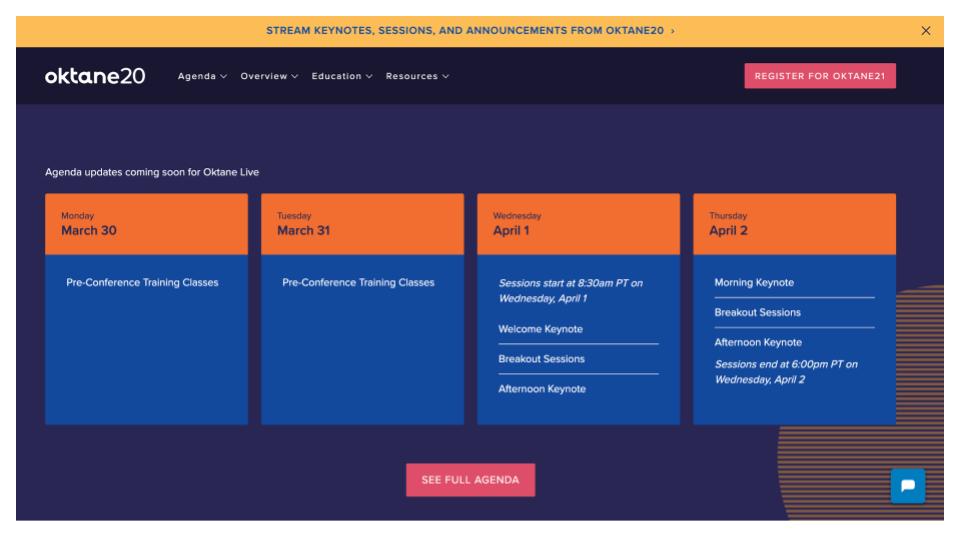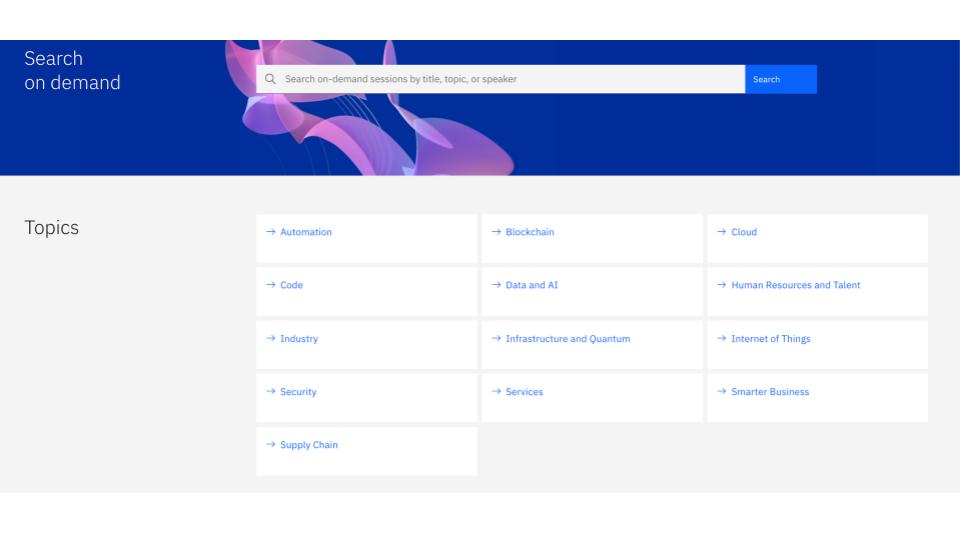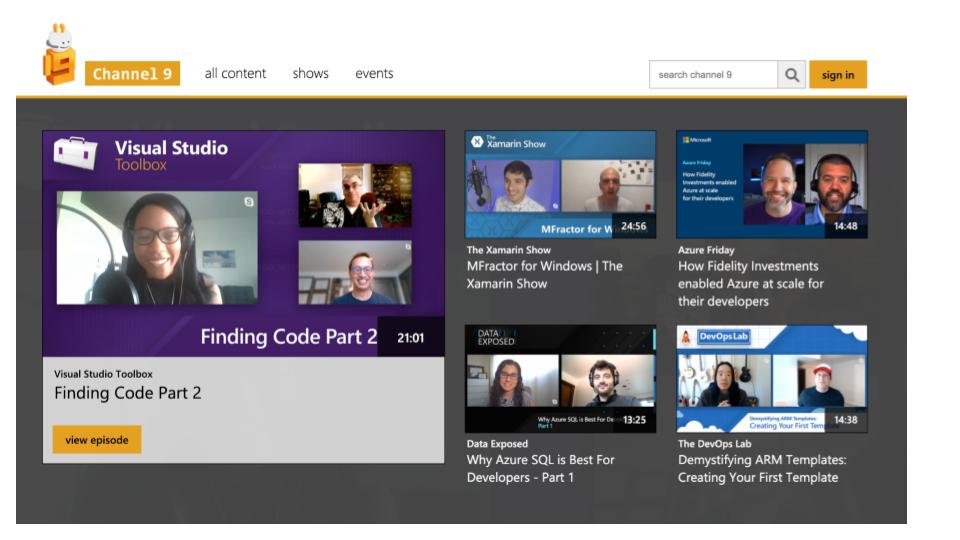COVID-19 Creates New Rules for Virtual Events– Many Aren’t so New…
The first “modern” trade show was held in 1851. Many things have changed…some haven’t but should.
For years, marketers have been pushing for more digital, especially with their big conferences. We’ve heard forward thinking CMOs say, “the war will be won with digital. But the sales teams love belly to belly interactions so every year, once or sometimes more often, big corporations hosted gatherings of thousands or even tens of thousands of attendees. These events were like rock concerts with DJs in the hallway, thumping music, giant screens, beautiful pitches, highly produced videos, technical breakouts, food lines, games, private dinners, etc. all culminating in a customer appreciation event with a big name band. Physical events are expensive but they generate tons of leads for the host companies and their partner ecosystems.
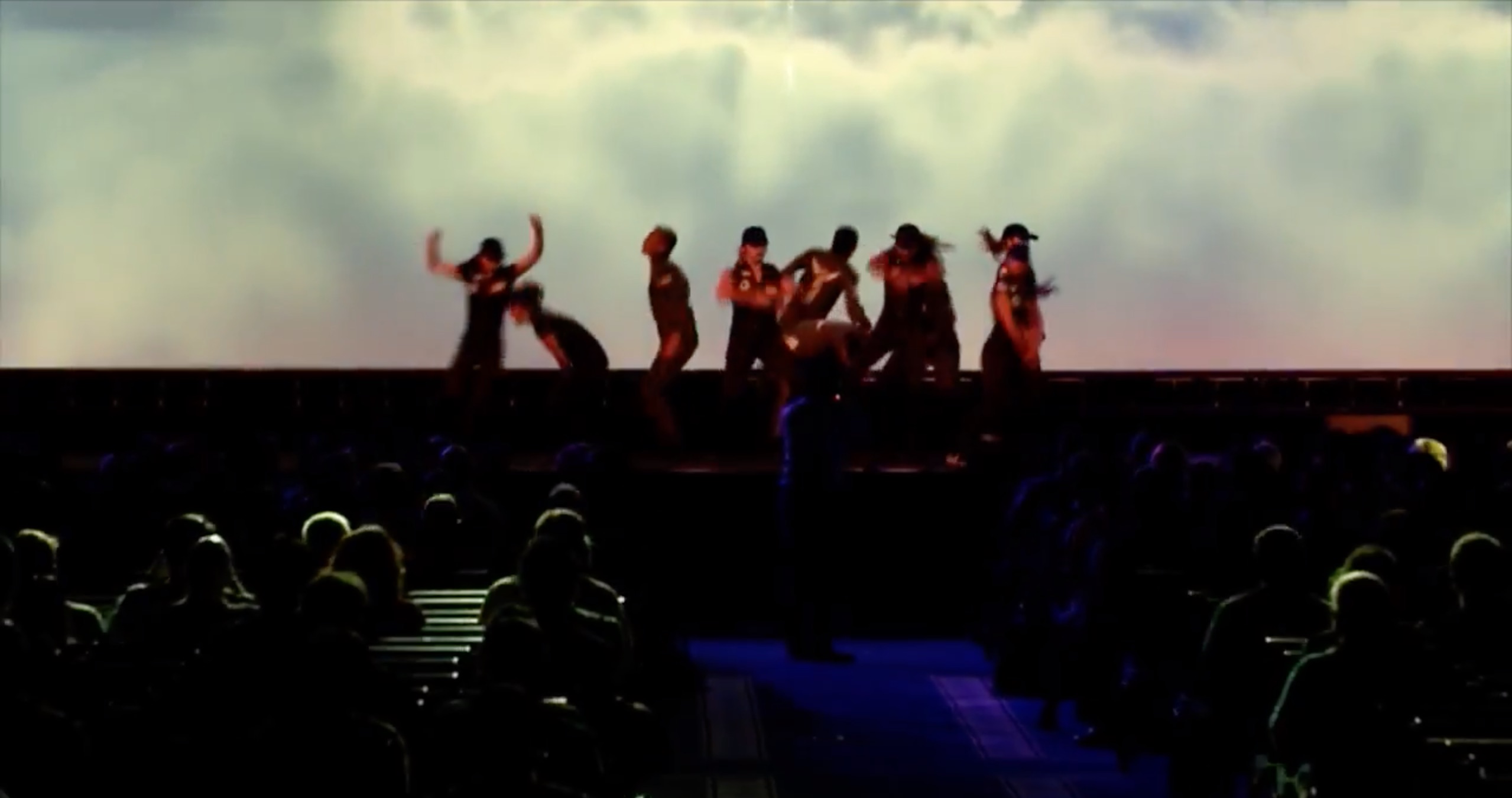
The Coronavirus Pivot
Then boom! Coronavirus hit and the marketing teams got what they wished for overnight. Virtual events became a mandate. If you didn’t have a solution you were in trouble because your leads from the big events just dried up.
In the isolation economy, every company scrambled. They took one of three paths:
- Companies postponed their events to buy some time – think Dell Technologies World, Google Cloud Next, KubeCon, VMworld, MITCDO, etc.
- Some companies flat out cancelled their events for the year – e.g. Snowflake and UiPath.
- They scrambled to deploy a virtual event and went forward – IBM Think, HPE Discover, SUSECON, AWS Summits, DockerCon, VeeamON, AWS Summits, PegaWorld, Vertica BDC, Oktane, SAP Sapphire and hundreds of others pushed forward.
ETR is in its quiet period as it collects data for its Q3 survey. So in this Breaking Analysis we’ll take a pause and talk about the virtual event landscape and share a few of the things that we’ve learned; not only in the last 120 days – but in ten years of doing events. And we want to share the new rules of events, event marketing that we see today and beyond.
Everyone knows events have gone virtual and there are tons of people who can give you advice on improving your digital events – including us. And we will in this segment. This is not meant to be an exhaustive list but we do want to call out a few important items that we think are relevant to event marketers.
More Eyeballs – Less Time Invested
The first thing everyone found out is they’re going to attract far more people online with a free virtual event than they do with a paid physical event. Removing time, timing and the expense of travel dramatically increases the participation TAM.
Heres a tweet from Docker CEO Scott Johnston. Compare the following to the 4,200 live attendees at DockerCon2020:
We're looking forward to welcoming more than 50,000 @Docker community members to @DockerCon LIVE May 28 … starting to think "we're gonna need a bigger boat." ;-) Register to catch the tech talks, virtual hallway track, and more https://t.co/Ir1iAZrcJ2 #DockerCon #developers
— Scott Johnston (@scottcjohnston) May 18, 2020
He says he’s looking forward to welcoming 50,000 people to DockerCon2020. This was based on registration data. Somewhere around 30,000 people logged into the live event. So Docker got 60% of the pre-event registrants to actually login which is excellent.
But theres more to this story. Some other stats Docker gave us permission to share. So far, to date, Docker has nearly 83,000 registrations and they continue to come in weeks after the event which was held in late May.
Marketers will cite 2-3 minutes as a respectable time on site for a Web property. Docker logged in users averaged almost 4.5 minutes on site. Now thats the average – the bell curve saw super fans like this guy who was binge watching.
5 hours straight of #dockercon talks were beginning to feel like binge watching Netflix…so I completed the feeling by putting it on the big screen. The cat tree laptop dock is my own design. #containers #containersecurity #cybersecurity
— James #iStandWithUkraine 🇺🇦 (@cybersmithIO) May 28, 2020
NEW RULE #1 – IT’S EASY TO GET PEOPLE TO SIGN UP FOR FREE ON-LINE EVENTS – IT’S NOT SO EASY TO KEEP THEM THERE.
Spoiler Alert: Engaging Content Engages
We could talk all day about what Docker did right…and we’ll bring some examples in during this segment – but one thing Docker did was a call for papers or call for sessions. And that is a lot of work but if you look at the DockerCon speaker list, the content is community driven. Docker had to break some eggs and reject some folks but it also had a sponsor track so it gave folks another avenue to participate.
But the big success for Docker was the quality of the content and the engaging chat that complemented the video sessions – they definitely did it right.
Which brings us to…
NEW RULE #2: ATTENTION IS PRECIOUS – CREATE HIGH QUALITY CONTENT& REALIZE THAT YOU HAVE MUCH LESS TIME WITH PARTICIPANTS THAN IF THEY WERE LIVE IN-PERSON
Unfortunately, it’s not Always Pretty
Remember that scene in The Social Network when Eduardo pulled the funding on the servers to get Marks attention? Remember how Jesse Eisenberg, the actor who played Zuckerberg reacted:
Well some of the big tech companies crashed their servers. They say there’s no such thing as bad press but look what happened to SAP.
SAP apologized publicly and its CEO essentially told people that they made a mistake outsourcing its event platform.
1/ We profoundly apologize for technical difficulties with this morning's premiere broadcast. Due to very high interest in our program we ask you to access our show on @SAP Twitter and SAP LinkedIn.
— SAP (@SAP) June 15, 2020
This brings us to:
NEW RULE #3 – DONT CRASH!
Let’s come back to DockerCon for a second.
Heres a tweet from a developer who shared the network traffic profile of his network before and during Dockercon. DockerCon had no fails.
Our network traffic when #DockerCon started! 😂😁@DockerCon pic.twitter.com/ZvsgrG4DMD
— MOHSEN (@motmohsen) May 28, 2020
Kill me with that SAP Problem…But
We don’t mean to pick on SAP – they at least owned the problem. SAP had huge attendance at its digital event – more than 200,000 people and over 1 million views – so wow. But it underscores the importance of scaling.
And SAP was not alone. There have been lots of fails from smaller events. Heres an example that was really frustrating. Try to log in at 7:59 but the event doesn’t start until 8 sharp! Really? Come back in 60 seconds?
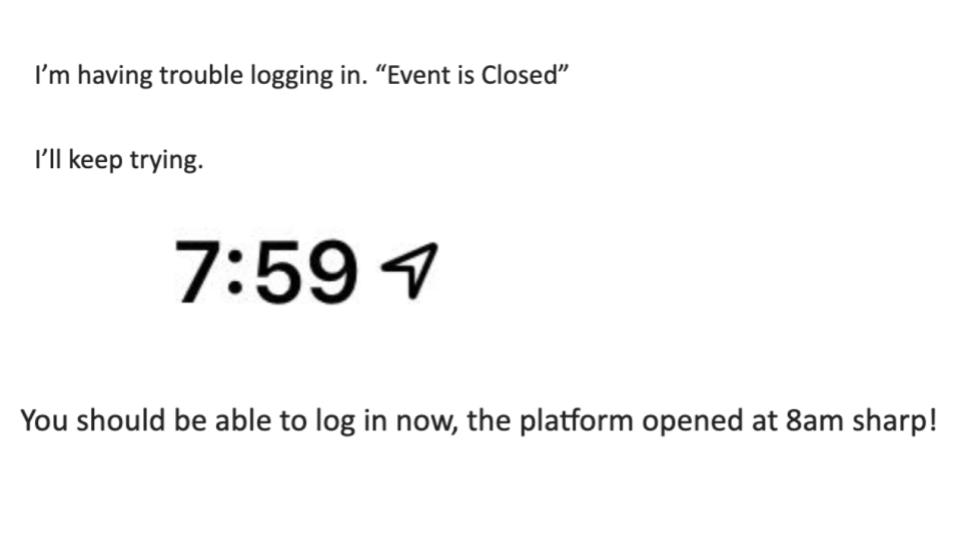
And in another example – the slides failed. I mean many of these virtual events are glorified Webinars so if you’re going to rely on slideware – make sure the slides will render at scale. Maybe embed them into the video? But at least this company had a backup plan.
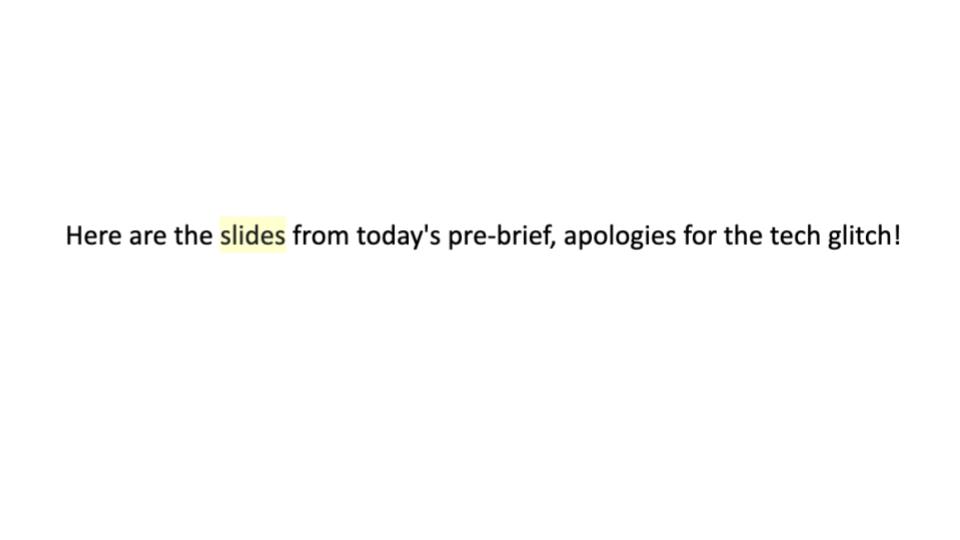
Below is another example. We’ve redacted the email so as not to embarrass anyone. But in this case a legacy webinar platform failed and they had to move to Webex. Again, they had a backup plan.
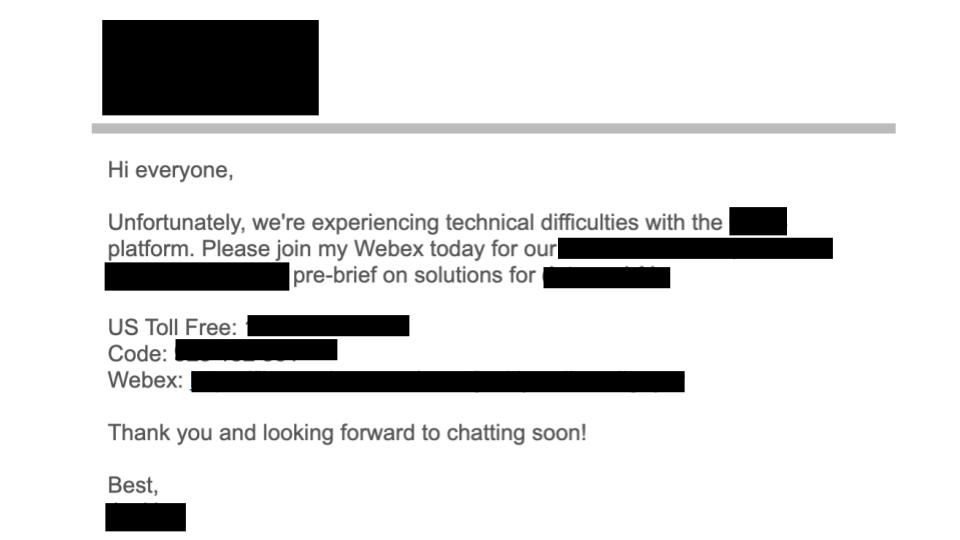
So it’s been tough in a lot of cases and it’s not just the technical glitches. Here’s a tweet from John Reed that sums it up.
overall vendors are not getting the job done, not applying enough creativity to the art of the possible online. I've seen failed online press conferences, analyst events, customer sessions, stale webinars. If you want a better result you can get it, but you have to want it.
— Jon Reed (@jonerp) April 30, 2020
What does he mean by vendors are not getting the job done? Not enough creativity. Well, not only were platforms failing to perform adequately, but the virtual experience is leaving many users unenthused. They were just one ALT TAB away from something better if the virtual event fails to engage.
NEW RULE #4 – VIRTUAL EVENTS THAT LOOK LIKE WEBINARS ARE WEBINARS
In fairness – the industry had to pivot with no notice. But this is why we always tell people, start with the outcome you want and work backwards. That will inform you as to the content strategy, the new roles you need to assign – make no mistake – there are new roles (e.g. there’s no site inspection in virtual)…and then figure out what you want the user experience to be. There’s a whole lot to think about.
$5 Fixes go a Long Way
This next one is a bit of a throwaway because it’s so obvious and everyone talks about it.
Yet we’re amazed at how many virtual event speakers really haven’t thought through their setup.
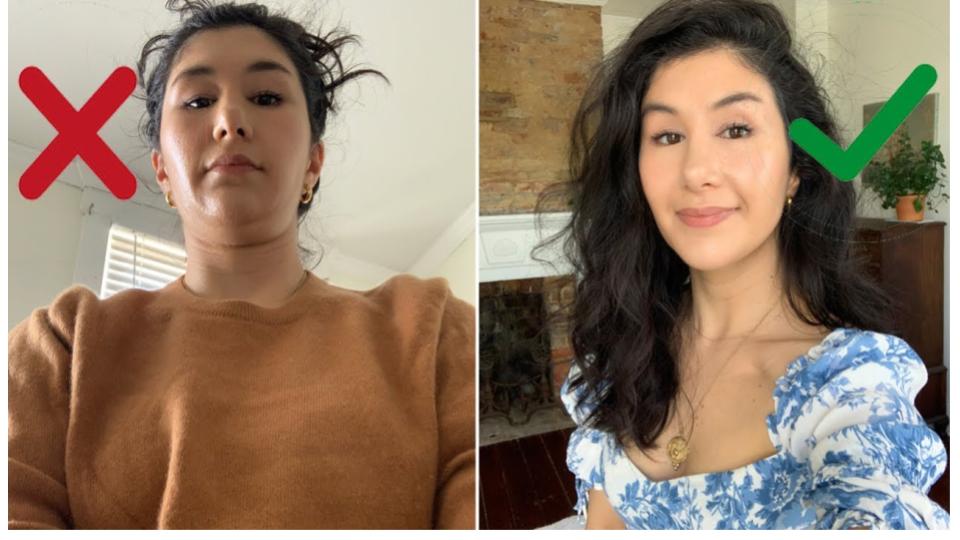
You can look good. Or at least less bad. Get those things called books and raise up the laptop. Figure out some better audio. Better yet – get a good kit at home with a nice camera a solid mic; maybe a clear IFB comms for the ear. Spend some money to look good just as you might go buy a nice outfit. Even if you’re a developer – put on a clean T Shirt!
RULE #5 – DON’T CHEAP OUT ON PRODUCTION VALUE. GET YOUR GUESTS A GOOD SETUP AND COACH THEM UP.
Doesn’t have to be over the top – just a bit tweaked.
The Goldilox Content Mix
One of the biggest mistakes we’ve seen is event organizers lose sight of their content objectives. They sometimes become enamored with platform features that don’t necessarily support their goals. Or perhaps they have so many competing objectives and masters to serve that they lose sight of the user experience. And the event becomes a buffet of unused features rather than a buffet of engaging content.
We’ve often heard the complaint, “these virtual events are too long – there’s too much content.” We don’t necessarily agree. We believe if you have something to say you should say it. As long as you do it right and keep people engaged.
Two of the meatier events we attended were Oktane 2020 – hosted by Okta, the identity management security player. And IBM Think 2020 – they called it the Think digital event experience. And they both had multi day events with lots of content. They both organized sessions by topic and made it pretty easy to find stuff. And all the sessions had a reasonably consistent look and feel to them which helped the production value.
IBM had content organized and categorized which made things easy to find and they both had good search. And with IBM you can go from the list of topics right to the video which I liked. Easy. Intuitive.
And you can see below in this Oktane video they had a nice and very ambitious agenda that was well organized and things were pretty easy to find as you can see with crisp filtering and good search. But one of the things that has been frustrating with most of the events we’ve watched is you can’t get to the sessions from the agenda. You have to back out and find the content and then it’s somewhat confusing.
So let’s come back to the DockerCon example because there were two things that audiences found useful with Docker that we want to highlight.
George Chang nailed it when he said this is how you display a virtual conference.
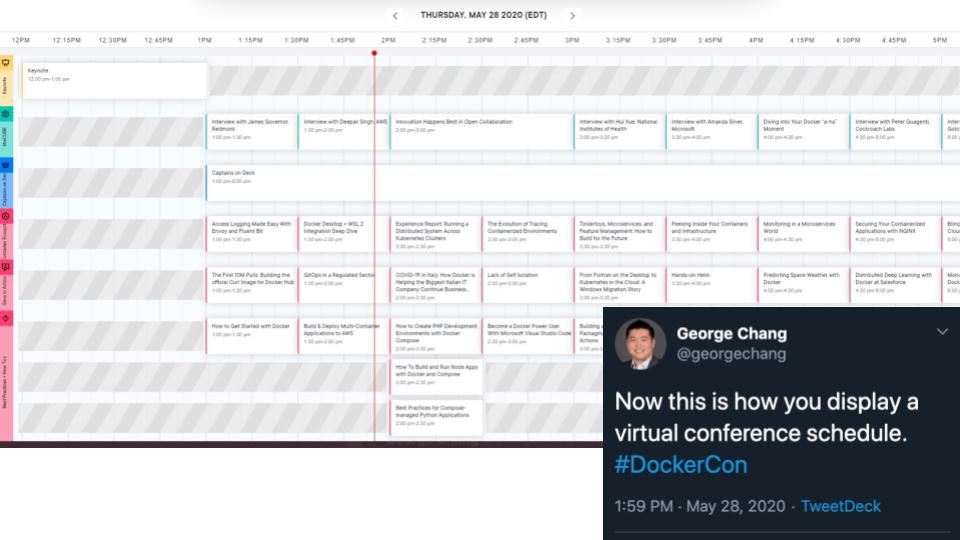
What’s relevant about this picture is you have multiple simultaneous sessions running live concurrently and you can pop in and out of them, directly from the tiles. You can easily see the sessions in a tile and that red line is a linear clock running in real time to show you where you are in the agenda.
We felt like with DockerCon that as a user you were really connected to the event. You come to the site and there’s a hero video – very easy to find the content in fact you can’t miss it. It’s not a sales pitch to get to the content.
And then we really liked what George Chang was talking about in terms of the agenda and the tile layout. You can see in the video below they ran simultaneous sessions and at one point up to seven at once. And they gave their sponsors a track on the agenda – very easy to navigate.
What we also really liked is when you click on a tile, it takes you to the session video. And you can see the chat which Docker preserved in the post event mode. And you have this easy to follow agenda and again you can go directly to the session video and chat from the agenda – so multiple paths to find the video session content– easy and intuitive with less clicks.
Something so simple as navigating from the agenda directly to the session. Most events haven’t done that – they make you back out in some linear manner then find the session you want and dive in. Maybe they’re trying to simulate walking to a session in Las Vegas cause it takes about as long to figure it out with most of these events.
RULE #6 IS MAKE IT EASY TO DISCOVER AND CONSUME CONTENT
All Companies are ___________Companies
We want to close by encapsulating a number of items in one big idea that we talk about all the time at theCUBE. We ran a little survey the other day and someone asked – “does it really make sense to cram educational content, product content, partner content, customer content, rally content and leadership content into the constrained confines of an arbitrary one or two day window?”
We thought that was an interesting comment. Now it doesn’t necessarily mean shorten up the virtual event – which a lot of people think should happen. People often complain that “these things are too long.” Here’s a thought. Maybe it’s actually not just about events. What do we mean by that?
You know how everyone says all companies are software companies or every company is a SaaS company? Well, increasingly, every company is a becoming a media company. Not in the sense of media savvy, but rather an original content producer.
In 2004, at the low point of its reputation, Microsoft launched Channel 9, named after the UAL ch. 9 that let you listen into the pilots unfiltered conversations.
Microsoft understood that having an authentic voice with which to communicate to developers and serve its community was a smart thing to do. And thats a key point. Channel 9 is about community. Its not about audience metrics or lead generation – both important things – but Microsoft launched this site understanding the leverage it gets out of its community of developers and instead of treating them like a lead, they created a site to help developers learn.
RULE #7 – GET YOUR BEST MEDIA MOJO ON
One of the biggest challenges we see with physical events – and it’s clearly carrying over to digital – is the failure to optimize the post event content opportunity. Just like physical events – when the event is over we see companies and their teams so burnt out after a virtual event because they feel like they just gave birth. And what do they do after the event? They take some time off to recharge and when they come back they’re on to the next project. It might be another event. Or a Webinar series. Or some regional summits. Or some special project.
Most tech companies talk about breaking down silos – but most of these parent and child events are disconnected silos. Sure maybe the data around the events is consolidated into a marketing cloud…maybe. So you can nurture leads. Ok thats fine.
But what about the community angle? COVID has given us a great opportunity to reimagine how we serve communities. One thing we feel is certain; that physical events will come back at some point. And when they do, because of Coronavirus, there will be a strong digital component attached to them. Hybrids will emerge and some companies will serve communities better than others. And in our view, the ones that do the best job will win the marketing wars.
What to Measure?
Ask yourselves are you serving your community the best way you can? Is lead conversion your number one metric? Thats ok – theres nothing wrong with that. But how are your content consumption metrics looking? What are you measuring? What does your arc of content look like? What is your content and organic media strategy? What does your media “stack” look like?
Media stack you ask – what do you mean?
Well you nailed physical. Then you were forced to do virtual. Eventually there will be a hybrid that emerges. So there’s physical at the bottom layer. Then virtual. Then hybrid at some point on top of that. And at the very top of the stack are apps, social media, corporate content, TV– like Channel 9, video libraries, Websites, tools for agile media, media production and distribution tools.
Remember, customers will be entering from any one of these layers and they’ll be looking to you for guidance, inspiration, learning, vision, product knowledge, how to’s, etc. And you’ll be delivering that with content.
So your media stack should be designed to serve your community. Event software – yes sure. But it’s much more than that. We believe that this stack will emerge not as a monolithic beast, but rather as a set of scalable cloud services and APIs. Think of PaaS for media that you can skin – yes of course – but also one that you can control, add value to, integrate with other platforms and fit your business as your community demands.
And remember, new roles are emerging as a result of this pandemic that are different from a mostly physical event world. One of the most important is the designer UX/developer that can actually do some coding and API integration. A DevOps for digital content role is emerging. Organizations like yours will want self service and sometimes out of the box functionality and features for sure. But we believe that as a media producer, you will want to customize your media experience for your community and this will require new skills that you haven’t really prioritized in the past.
What do you think? Whats your vision as to how this will all unfold? Do you buy that all companies must become media companies or at least media savvy? Not in the sense of corp comms – but as an organic media producer?
Tweet @dvellante or email david.vellante@siliconangle.com. Or comment on LinkedIn.
We will be back next week with some data from the survey sphere. Thanks for watching this cube insights powered by ETR. We’ll see you next time.
Watch the video:

